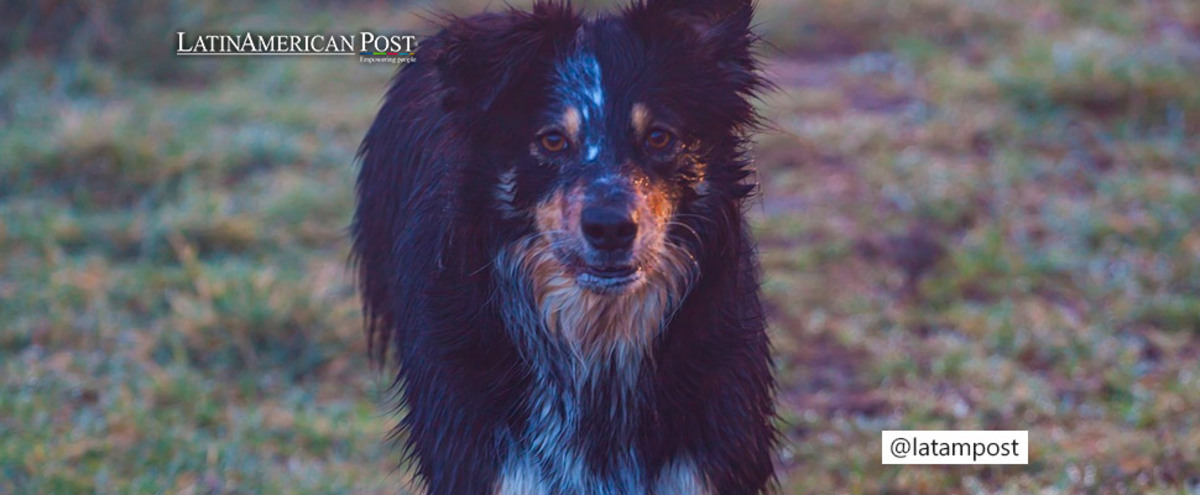Chernobyl Dogs Have Different DNA than Other Dogs
A recent investigation shows how studying the dogs that remained in Chernobyl, which have reproduced for years, would allow us to analyze the long-term effects of radiation on living beings. This is the first mammalian study of its kind.

Photo: Pixabay
LatinAmerican Post | María Fernanda Ramírez Ramos
Escucha este artículo
Leer en español: Los perros de Chernóbil tienen un ADN diferente a otros perros
A new article, published in the Science Advances Magazine, studied the genetic makeup of dogs living in Chernobyl. The results of this study are a breakthrough in the study of the impact of long-term radiation exposure. This article is also part of a larger project that allows us to understand how these animals adapted to survive in the midst of radioactivity. Also, being mammals, also close to humans, it can shed light on the possible effects on people as well.
In 1986, in Chernobyl, Ukraine, the world's best-known nuclear disaster occurred. With the explosion of a nuclear reactor, there was a release of gases and radioactive substances such as cesium and iodine, which would forever alter the area. After this well-known accident, more than 90,000 families were displaced and thousands of people worked to “clean up” the area to limit and minimize the risks of the incident. In this process, many animals were euthanized to prevent them from carrying the radiation in their bodies. However, as is natural, there were many that were not sacrificed and many others that continued to live and reproduce in the area.
One of the most famous documents on this event is "Voices from Chernobyl", a book written by Svetlana Alexievich, a journalist and writer who won the Nobel Prize for Literature in 2015. Its success was such that HBO turned it into a miniseries. In this text, there are several references to animals: "In the land of Chernobyl, one feels sorry for man. But the situation of animals is worse. And I have not said one thing for another. Now I clarify it… What was left in the dead zone when the men left? The old graves and biological pits, the so-called "animal cemeteries." The man only saved himself, betraying the rest of the living beings.
What findings were found about the Chernobyl dogs?
The initiative to investigate the Chernobyl dogs arose in 2017 out of interest in studying an ever-growing population of wild dogs. Researchers estimate that there were more than 800 of these animals in the Chernobyl Exclusion Zone. For this reason, they established 3 veterinary clinics to provide care and thus obtained 302 genetic samples. "They represent three free-roaming populations of dogs living within the power plant, as well as within 15 to 45 kilometers of the disaster site," the article states.
Also read: The 5 Most Polluted Cities With the Worst Air Quality in Latin America
One of the findings was that the genetic makeup of the Chernobyl dog population changed depending on the geographic location in which these animals lived. Also, today they have different genetics from other dogs, as their samples were compared with hundreds of wild dogs from other parts of the world not exposed to radiation. On the other hand, it was found that these dogs did not migrate to very distant areas, but rather adapted to the area, despite its high levels of contamination. "Their adaptation to harsh living conditions makes them an ideal system for identifying mutational signatures resulting from historical and continuous radiation exposures," the article states.
The researchers concluded that there are 3 families of dogs living in Chernobyl and that they behave differently from other dogs, both wild and purebred. "The combination of behaviors observed in the Chernobyl dogs and their complex family structures suggests that the Chernobyl dog populations violate the assumption of random mating that is inherent in many population genetic models." This is the first step in a project that will continue to be studied, since the important thing now is to determine how they have adapted to radiation and what the effects of this constant contamination could be on their behavior and health.
Other findings were already available.
Although the dog results provide insight into the long-term effects of radiation, more research is needed. This is especially valuable for determining the next steps to take with nuclear power, for example. Today there is a lot of debate about whether it should be used as a clean energy source or if it has too high a hazard. "People are at risk of being exposed to low doses of radiation in all sorts of settings, including through certain medical tests or while working at nuclear power plants, says David Brenner, a radiation biophysicist at Columbia University, in an interview for Nature Magazine.
This same journal points out that there were already several studies on the effects of Chernobyl radiation on other animals : "A handful of studies has reported unusually high genetic mutation rates in barn swallows and fruit flies in the vicinity of the reactor, which He is now entombed in a steel and concrete sarcophagus." However, research is now focusing on low-level, long-term exposure.




